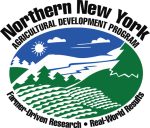 March 15 NOTICE: The March 20 meeting has been postponed.
March 15 NOTICE: The March 20 meeting has been postponed.
The farmer-driven Northern New York Agricultural Development Program (NNYADP) has announced NNYADP Research Update Meetings:
Wednesday, March 13, 2024, 10 am-12:30 pm, Chazy, NY
Joseph C. Burke Education and Research Center at Miner Institute
586 Ridge Road, Chazy, NY, and
Wednesday, March 20, 2024, 10 am-12:30 pm, Lowville, NY
Cornell Cooperative Extension of Lewis County Education Center
7395 East Road, Lowville, NY
Free to attend; however, registration requested for either date to CCE at 315-376-5270.
Research funded by the farmer-driven NNYADP is progressively building real-world, field-tested, data-based foundations that help agricultural producers across the six-county northern region of New York State and statewide to manage and adapt to the complex mix of factors that influences farm sustainability and agricultural environmental stewardship.
 Presentations at the NNYADP Research Update Meetings will share the latest data and information as one or both meetings as follows. At both meetings, Cornell University Nutrient Management Spear Program Director Quirine M. Ketterings, Ph.D. will present data from a suite of whole farm sustainability projects, including nutrient mass balance and greenhouse gas emissions footprinting; the value of manure, and the use of satellite imagery to determine crop yield stability zones.
Presentations at the NNYADP Research Update Meetings will share the latest data and information as one or both meetings as follows. At both meetings, Cornell University Nutrient Management Spear Program Director Quirine M. Ketterings, Ph.D. will present data from a suite of whole farm sustainability projects, including nutrient mass balance and greenhouse gas emissions footprinting; the value of manure, and the use of satellite imagery to determine crop yield stability zones.
 Also at both meetings, Uihlein Maple Research Forest Director Adam Wild will share information on how tapping into other-than-maple tree species for syrup production can increase maple producers and landowners’ economic potential, plus how a warming climate creates new challenges for sugarmakers.
Also at both meetings, Uihlein Maple Research Forest Director Adam Wild will share information on how tapping into other-than-maple tree species for syrup production can increase maple producers and landowners’ economic potential, plus how a warming climate creates new challenges for sugarmakers.
The March 13th meeting in Chazy will also include a report by Willsboro Research Farm Manager Michael H. Davis, Ph.D., on field trial testing and evaluation of promising varieties of elderberry, juneberry, honeyberry and aronia berry and on the first year of trial plantings of hazelnut; and
 Miner Institute Research Scientist Laura Klaiber will share data from 10 years of edge-of-field drainage on the quality of surface runoff and tile drainage, the environmental and agronomic impacts of systematic tile drainage in corn and grass fields and when planting cover crops after corn harvest, and crucial insights into the water quality impacts of widely adopted farming practices.
Miner Institute Research Scientist Laura Klaiber will share data from 10 years of edge-of-field drainage on the quality of surface runoff and tile drainage, the environmental and agronomic impacts of systematic tile drainage in corn and grass fields and when planting cover crops after corn harvest, and crucial insights into the water quality impacts of widely adopted farming practices.
 Presenters at the March 20th NNYADP Research Update Meeting in Lowville will include Dr. Ketterings and Adam Wild as well as Cornell PRO-DAIRY Dairy Forage Systems Specialist Joe Lawrence discussing how producers can gain the most value from corn silage evaluation data from regional on-farm trials and how the evaluation process has change to determine the best fit for any single farm.
Presenters at the March 20th NNYADP Research Update Meeting in Lowville will include Dr. Ketterings and Adam Wild as well as Cornell PRO-DAIRY Dairy Forage Systems Specialist Joe Lawrence discussing how producers can gain the most value from corn silage evaluation data from regional on-farm trials and how the evaluation process has change to determine the best fit for any single farm.

Also on March 20th, Cornell Cooperative Extension Tree Fruit Specialist Michael Basedow will present the results of four years of research on apple crop load management, including evaluation of new crop thinning materials and the use of crop load management models to help regional apple growers fine tune practices for fruit quality and returns.

Funding for the Northern New York Agricultural Development Program is supported by the New York State Legislature through the New York State Assembly and administrated by the New York State Department of Agriculture and Markets. Learn more at www.nnyagdev.org.
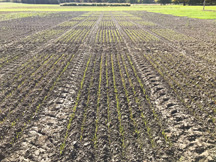
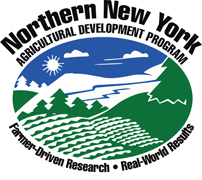 Funding for the Northern New York Agricultural Development Program is supported by the New York State Legislature through the New York State Assembly and is administrated by the New York State Department of Agriculture and Markets.
Funding for the Northern New York Agricultural Development Program is supported by the New York State Legislature through the New York State Assembly and is administrated by the New York State Department of Agriculture and Markets.
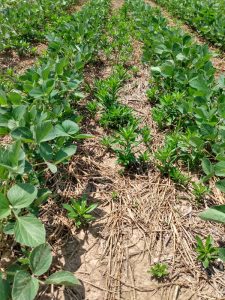
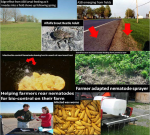 PERSISTENT BIOCONTROL NEMATODE PROTOCOLS DEVELOPMENT TIMELINE
PERSISTENT BIOCONTROL NEMATODE PROTOCOLS DEVELOPMENT TIMELINE



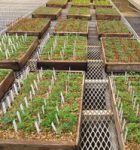

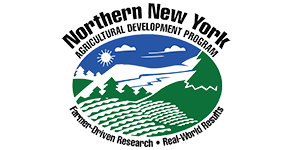 Funding for the Northern New York Agricultural Development Program is supported by the New York State Legislature through the New York State Assembly and administered by the New York State Department of Agriculture and Markets.
Funding for the Northern New York Agricultural Development Program is supported by the New York State Legislature through the New York State Assembly and administered by the New York State Department of Agriculture and Markets.